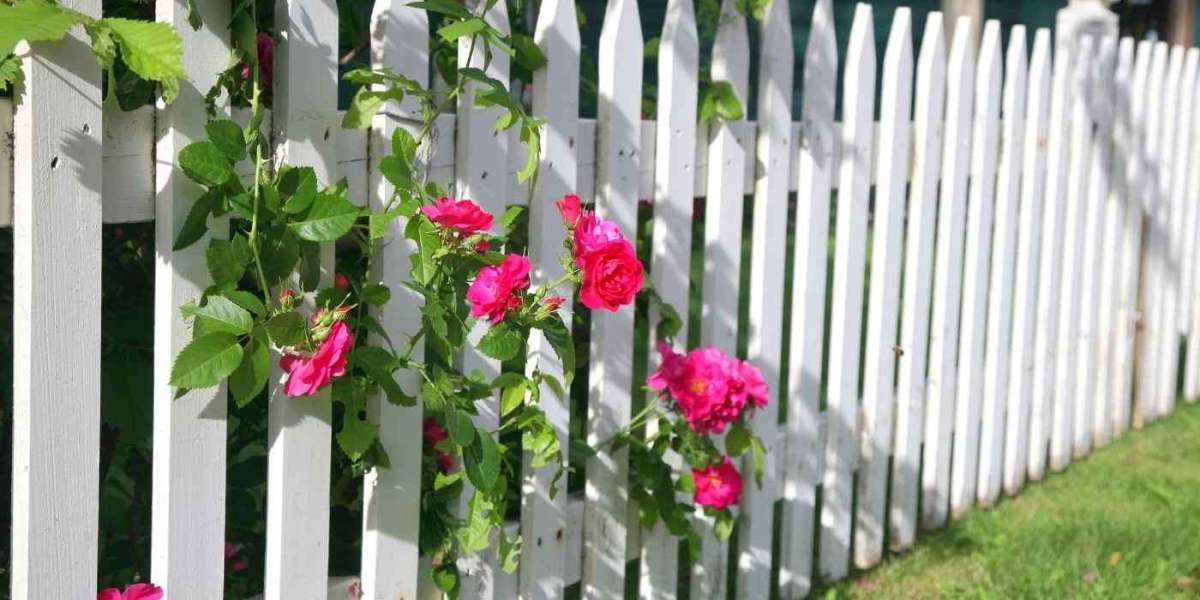If you're thinking about getting a new fence, the first and most important step is knowing how much space you need to cover. Measuring your yard might seem simple, but it’s very important to get it right so you can plan your materials, time, and budget. In this guide, we’ll show you exactly how to measure your yard for a fence in a clear and easy way. Whether you’re doing it yourself or working with a company that offers fence services, accurate measurements will help everything go smoother. If you're looking for help in your area, our team offers our location services to make the process even easier and more accurate.
Why Measuring Matters
Before you can build a fence or even ask for an estimate, you need to know:
How long your fence will be
Where your property lines are
If your yard is flat or sloped
How many posts, panels, and gates you’ll need
This info helps you avoid buying too much or too little material and helps your fence services provider give you an accurate price and timeline.
What You’ll Need
To measure your yard correctly, gather these tools:
A long tape measure or measuring wheel
A notebook and pencil
Stakes and string (or marking flags)
A calculator
A map of your property (if available)
Step-by-Step Guide to Measuring Your Yard
1. Know Your Property Lines
Before you measure, make sure you know where your property ends and your neighbor’s begins. You can look at a property survey or ask your local town office for a map. Never guess—building a fence on someone else’s land can lead to serious problems.
2. Walk the Area
Walk around the area where you want your fence. Look out for trees, slopes, rocks, or anything else that could affect where the fence goes. If there are tricky areas, make a note of them.
3. Mark the Corners
Use stakes or marking flags to show where each corner of your fence will go. If your fence will have turns or curves, mark those spots too.
4. Measure Each Side
Now, take your tape measure or measuring wheel and measure the distance between each corner. Write down the number for each side of the fence. If you’re building a square or rectangle, this part is easy. If your yard has an odd shape, break it up into sections and measure each one.
5. Add it All Up
Once you have all the measurements, add them together to find the total length of fence you’ll need. For example, if one side is 50 feet, another is 40 feet, and two more are each 30 feet, your total would be 150 feet.
6. Plan for Gates
Think about where you want gates and how wide they should be. Subtract the gate widths from your total fence length. This helps you figure out how many fence panels or boards you’ll need.
7. Count the Fence Posts
Fence posts are usually placed 6 to 8 feet apart. Divide your total fence length by that number to find out how many posts you’ll need. Add a few extra in case you need them.
8. Take Note of the Ground
Check if your yard is level or sloped. If it slopes, you may need extra materials or special fence panels. Write down where the slopes are so your fence services provider knows what to expect.
Why Use Our Location Services
If you want help with measuring or just want to make sure it’s done right, our fence services team can come to your property. With our location services, we’ll find your address and send a trained expert who can measure your yard correctly and give you a detailed plan for your fence. It saves you time and prevents mistakes.



